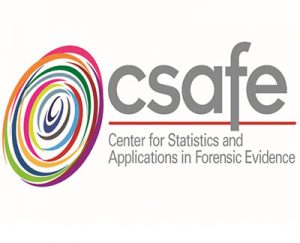Last year, city officials officially closed the Houston Police Department Crime Laboratory and created in its place an independent forensic lab called the Houston Forensic Science Center. The new lab caused quite a stir at national meetings in Washington recently when it announced that it would begin blind quality control testing in its toxicology section. Blind quality control is a quality measure that experts have promoted but which has been noticeably absent in forensic science. At the November meeting of the board of directors for the Houston lab, the new process was explained to the board by the COO Dr. Peter Stout. His presentation on this issue is found at minute 40 of the videotape of the meeting found here. As he explains, the lab now creates test toxicology samples that are made to look like genuine case work. These test samples are placed into the system at the police property room so that no analyst at the lab knows which samples are real case work and which are test samples. This enables the lab managers to challenge and assess the entire toxicology system, as well as the proficiency of individual analysts. Analysts are now aware that 5% of their case load will be comprised of test cases. The laboratory is refining its process so as to spread the test samples evenly across all analysts. The lab plans to conduct blind verification continuously from now on. As a member of the board, I expect that this will be the first of additional blind verification systems that are put into place for the other forensic disciplines in the Houston lab. I recently published a book that highlights the transformation of the Houston lab and also addresses the need for blind quality controls. Valena Beety’s post with more information on the book, as well as a link to the book review she has written is found here.


Leave a Reply